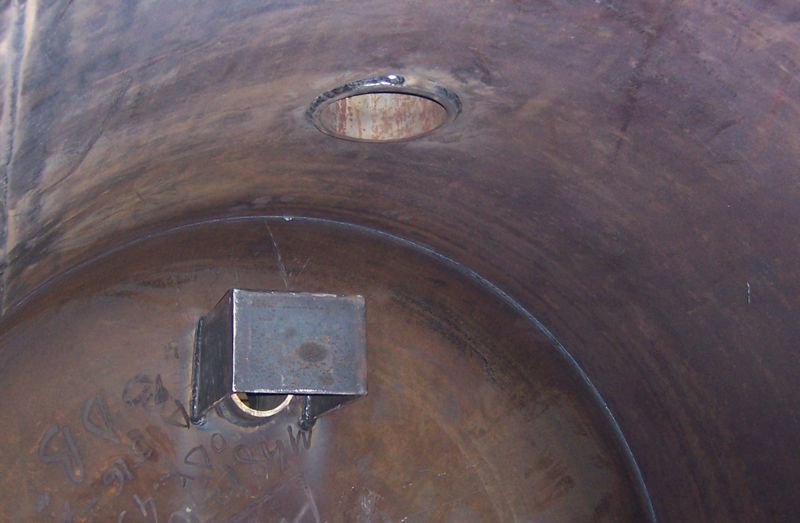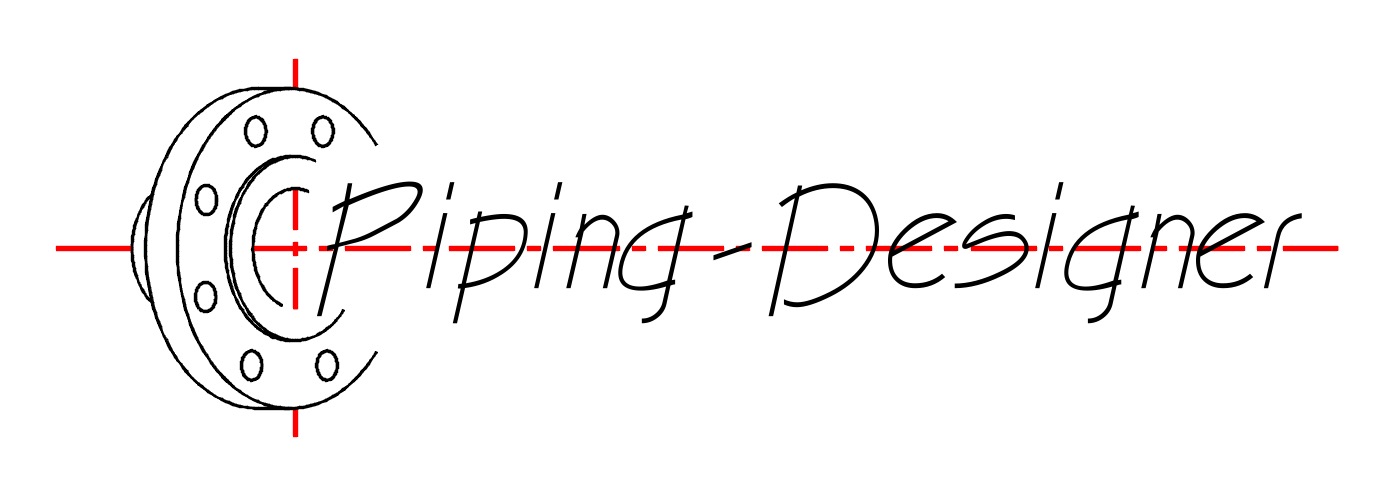Splash Plate
 Splash plate is a component used within a pressure vessel to control the movement and distribution of liquid or other fluids within the vessel. Pressure vessels are containers designed to hold and store fluids or gases at high pressures. These vessels are used in various industries, including chemical processing, oil and gas, petrochemical, and power generation. The purpose of a splash plate is to prevent or control the splashing or turbulence of liquids inside the pressure vessel.
Splash plate is a component used within a pressure vessel to control the movement and distribution of liquid or other fluids within the vessel. Pressure vessels are containers designed to hold and store fluids or gases at high pressures. These vessels are used in various industries, including chemical processing, oil and gas, petrochemical, and power generation. The purpose of a splash plate is to prevent or control the splashing or turbulence of liquids inside the pressure vessel.
Reasons for Using Splash Plate
Safety - In some applications, the splashing of liquids can create dangerous conditions, such as the release of hazardous chemicals or the formation of excessive pressure. A splash plate can help mitigate these risks.
Efficiency - In processes where precise mixing or separation of fluids is required, excessive splashing can interfere with the efficiency of the operation. A splash plate can help control the fluid's movement and ensure proper mixing or separation.
Protecting Equipment - Splashing liquids can also cause wear and tear on internal components of the pressure vessel, including instrumentation and structural elements. A splash plate can protect these components from the detrimental effects of turbulence.
A splash plate, inlet diverter or inlet deflector takes the inlet flow and causes it to change direction suddenly. An inlet diverter can be a spherical dish, flat plate, angle iron or another type of structural steel. The rapid change in direction and change of velocity causes the gas to break out of the liquid. The design of the diverter must be such that it can resist the impact momentum of the incoming fluid. An advantage of using devices such as a half sphere or cone as a splash plate is that they create less disturbance than plates or angle iron. This cuts down on re-entrainment or emulsifying problems. A disadvantage of using a half sphere or cone is that the cost of such a device is much higher than a piece of structural steel.
In a vertical vessel, a centrifugal inlet diverter can be used. This technology is used in a GLCC to remove gas from the liquid stream. This works by using centrifugal force, rather than mechanical agitation, to separate the oil and gas. If there is a potential for foaming or emulsifying the inlet stream, a centrifugal diverters work work better than a piece of structural steel. Splash plates are typically designed and positioned within the pressure vessel to achieve specific objectives, such as reducing turbulence, promoting even distribution of the fluid, or preventing the liquid from contacting specific areas. They are often customized for the particular application and fluid characteristics involved.
The design and use of splash plates should comply with industry standards and safety regulations to ensure the safe and efficient operation of the pressure vessel. Failure to properly control fluid movement within a pressure vessel can lead to operational problems, equipment damage, or safety hazards.
Splash Plate Advantages and Disadvantages | |
|---|---|
| Advantages | Disadvantages |
|
|

Tags: Storage Tank and Pressure Vessel Advantages and Disadvantages